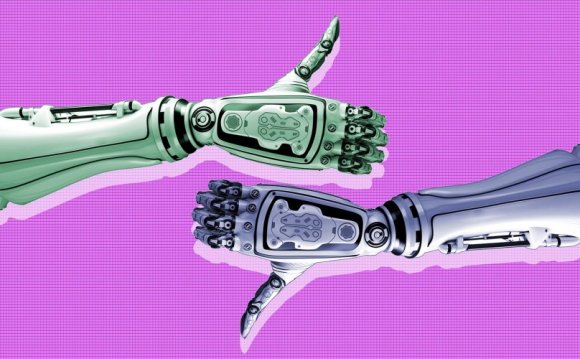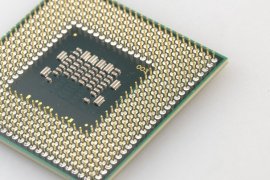
 Anyone following our blog can attest to the fact that we’re big on technology (almost to the point of obsession). As such, it may come as a surprise to readers that—in the most important aspects of facility management—we’re even bigger proponents of people.
Anyone following our blog can attest to the fact that we’re big on technology (almost to the point of obsession). As such, it may come as a surprise to readers that—in the most important aspects of facility management—we’re even bigger proponents of people.
The simple truth is that machines aren’t yet capable of dynamically managing the full spectrum of human needs. Even the most sophisticated of technology still offers the promise of only surface-level interaction with tenants, and still contains no means of truly empathizing with human responses or offering creative solutions. For these reasons—and many more—we still see technology’s role as that of a facilitator, not a leader.
This leads us, as it has in previous posts, to consider “The Human Sensor Network™” as the true foundation for making a building’s everyday decisions. Wielded correctly, this framework allows facility managers to accumulate real feedback from those affected and fill in the “sense” gaps that machines leave behind.
As a few examples:
- Preferred settings for an office’s temperature can vary from season to season, as clothing tends to change based on weather. So, while a mechanical sensor may want to keep heat set to 74 degrees regardless of month (thus ignoring those garbed in winter sweaters or summer shorts), your office’s Human Sensor Network can offer unique insights based on the daily variance of Mother Nature’s mood.
- If your normally fragrant office is under siege by an ill-advised burning of popcorn in the break room, it’s unlikely the building’s mechanical sensors would care (or even notice). However, the human sensors in your building will likely opt for some open windows and perhaps a brief “max power” session from the building’s fans to help clear out the offending smell.
- If there’s construction across the street, the accompanying din may be distracting for office workers as they take on already mentally exhausting tasks. By discussing the problem with coworkers, it may be possible to land on a consensus for some white noise (such as classical music).
All of the above scenarios boil down to two of the most critical part of a human sensor network: 1.) All human sensors understand their ability to sense the environment 2.) All human sensors can instinctively and emotionally evaluate their surroundings.
See also:MORE TRANSLATION VIDEO











